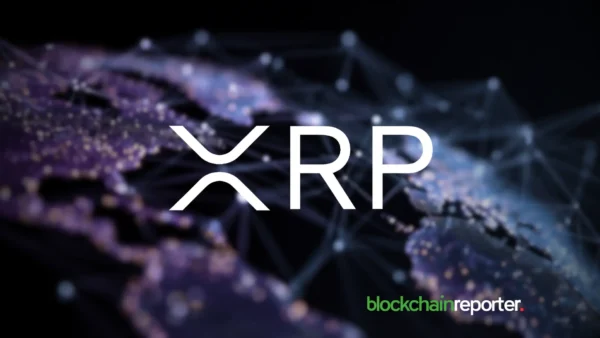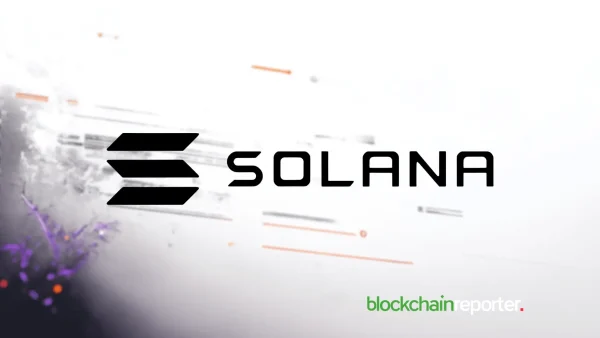
Since regulators focused on Binance’s dollar-pegged stablecoin, the activity of Binance USD has seen a significant decline. Glassnode, a data analytics firm, has reported that the number of addresses sending and receiving Binance USD has hit a new two-year low, based on a seven-day moving average.
Binance USD, also referred to by its ticker BUSD, is a stablecoin that resulted from a partnership between Binance, a crypto exchange, and Paxos, a financial services provider. The recent drop in BUSD activity coincides with Paxos’ reception of a Wells notice from the U.S. Securities and Exchange Commission (SEC) in February. In the notice, the SEC classified BUSD as an unregistered security, a decision that Paxos strongly refuted.
In the subsequent month, Changpeng Zhao, the CEO of Binance, declared that the remaining Industry Recovery Initiative funds, amounting to approximately $1 billion, would be converted into Bitcoin, Ethereum, and BNB using Binance USD. Concurrently, the exchange has delisted several BUSD pairs, including perpetual contracts for the native crypto assets of STEPN, Near Protocol, and Avalanche.
Tether Takes Lead as Binance USD Slips
Data indicates that Binance USD used to represent a stablecoin supply of over $23 billion. However, this figure has now decreased to just over $6 billion. In contrast, Tether’s USDT accounts for more than $82 billion, which is approximately $50 billion more than the second-ranked USDC issued by Circle.
Tether remains the leading dollar-pegged stablecoin in the crypto industry and is actively minting new tokens at a relatively rapid rate. Regarding Ethereum’s stablecoin supply, the total USDT exceeds 36 billion tokens, significantly more than USDC’s less than 29 billion tokens. As previously mentioned, Binance USD’s total tokens add up to just over six billion.
According to experts, the USDT supply has historically served as an indicator of the direction of Bitcoin’s price or the crypto market as a whole. Typically, Tether creates new USDT in response to increased demand, signaling the influx of fresh cash into the system, which is often utilized to purchase Bitcoin, Ethereum, and other cryptocurrencies.









